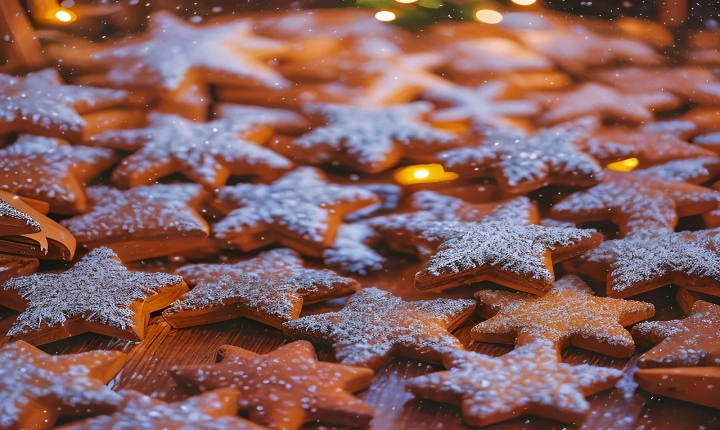How to Create AI Paintings: A Step-by-Step Guide
Artificial intelligence has made significant advancements in recent years, and one area where it has particularly excelled is in creating digital artwork. Using AI to generate paintings and other visual art has revolutionized the creative process and opened up new possibilities for artists, designers, and enthusiasts alike. If you’re interested in exploring the world of AI paintings, here’s a step-by-step guide to help you get started.
Step 1: Choose Your AI Tool
The first step in creating AI paintings is to select the right AI tool for your project. There are numerous AI-powered platforms and software available that cater to creating digital artwork. Some popular options include DeepArt, RunwayML, and Artbreeder. Each of these platforms offers unique features and capabilities, so it’s essential to explore and compare them to find the one that best suits your needs and preferences.
Step 2: Gather Inspiration
Before diving into the AI painting process, take some time to gather inspiration for your artwork. Whether it’s a specific theme, color palette, or artistic style, having a clear vision for your painting will help guide the AI tool in generating the desired output. Look for references, mood boards, or other artworks that resonate with your vision and use them as a starting point for your AI painting.
Step 3: Input Your Parameters
Once you have chosen your AI tool and gathered your inspiration, it’s time to input the parameters for your painting. This typically involves uploading an image or selecting specific settings such as style, color scheme, and composition. Some AI tools also allow you to experiment with different filters, effects, and algorithms to customize the output further. Take advantage of these options to fine-tune the AI’s interpretation of your vision and achieve the desired result.
Step 4: Refine and Iteration
After the AI generates the initial output based on your inputs, take the time to review and refine the painting. Look for areas that can be enhanced, modified, or adjusted to better align with your creative direction. Depending on the AI tool you’re using, you may have the option to iterate on the painting, making further adjustments and tweaks to achieve the perfect balance between AI-generated elements and your artistic intent.
Step 5: Personal Touch
While AI can generate impressive digital artwork, adding a personal touch can elevate your painting to another level. Consider incorporating additional elements, textures, or details that reflect your individual style and creativity. Whether it’s hand-painted accents, digital brushstrokes, or personalized embellishments, infusing your unique perspective into the AI-generated painting will make it truly one-of-a-kind.
Step 6: Experiment and Learn
Creating AI paintings is an ongoing learning process, and the more you experiment with different techniques, styles, and AI tools, the more you will grow as an AI artist. Tinker with various parameters, explore diverse artistic inspirations, and push the boundaries of what AI can help you achieve in your artwork. Embrace the iterative nature of AI painting and use each project as an opportunity to expand your creative horizons.
In conclusion, creating AI paintings is an exciting and accessible way to explore the intersection of technology and art. By following a systematic approach to leveraging AI tools and infusing your personal creativity, you can produce stunning digital paintings that reflect your vision and style. As AI continues to evolve, the potential for creating captivating, AI-generated artwork is boundless, providing a wealth of opportunities for artists and art enthusiasts alike to push the boundaries of what’s possible in the realm of digital art.
